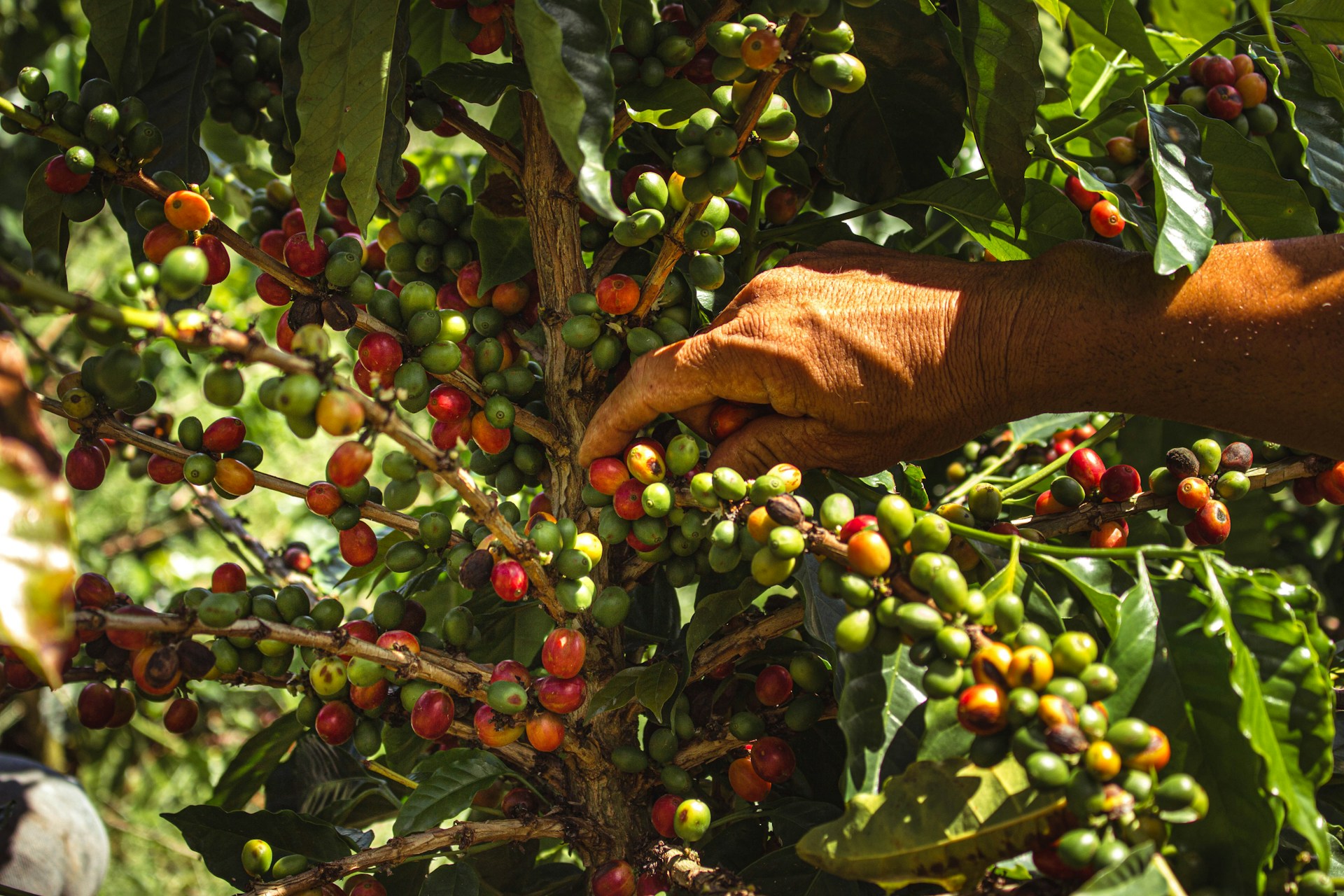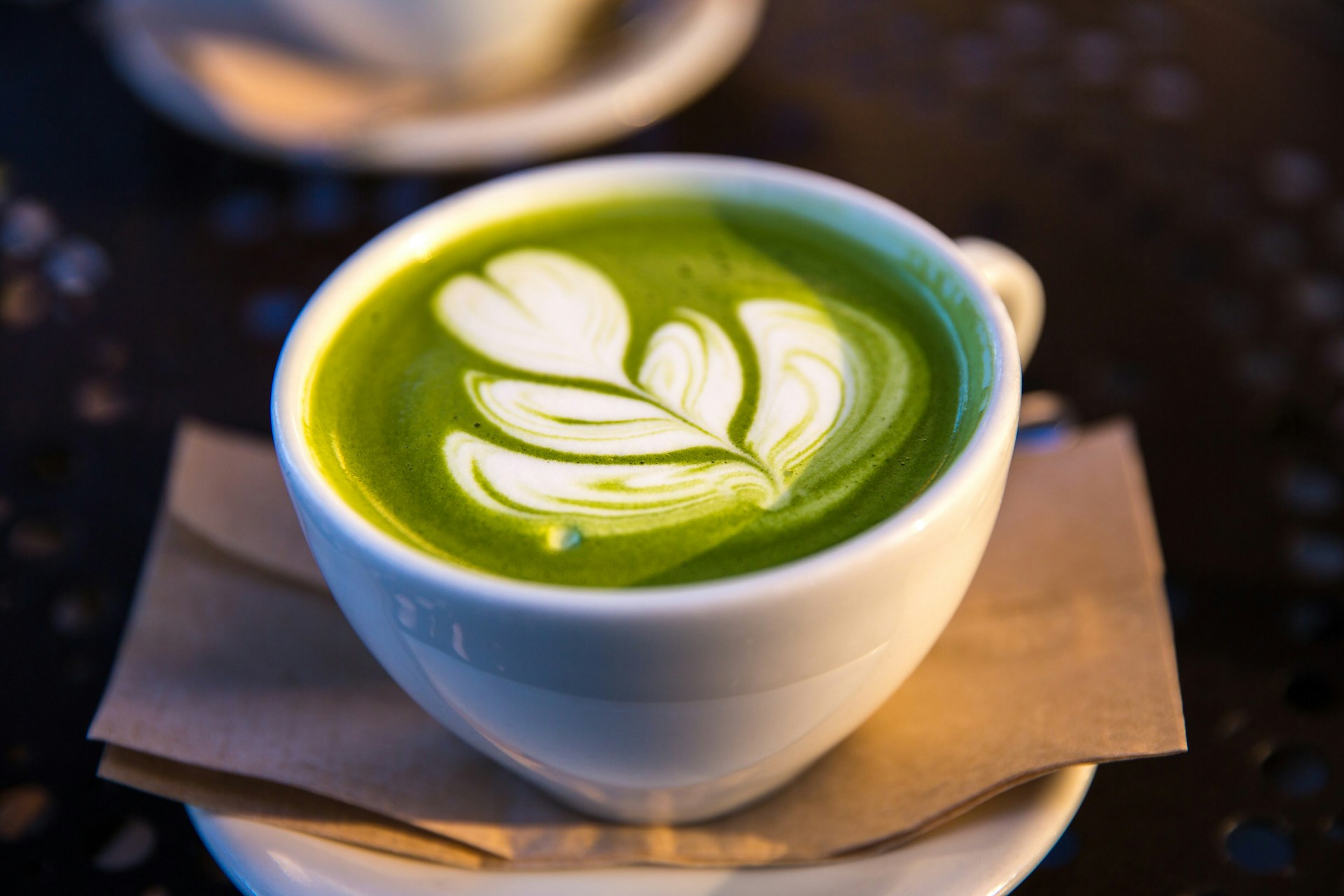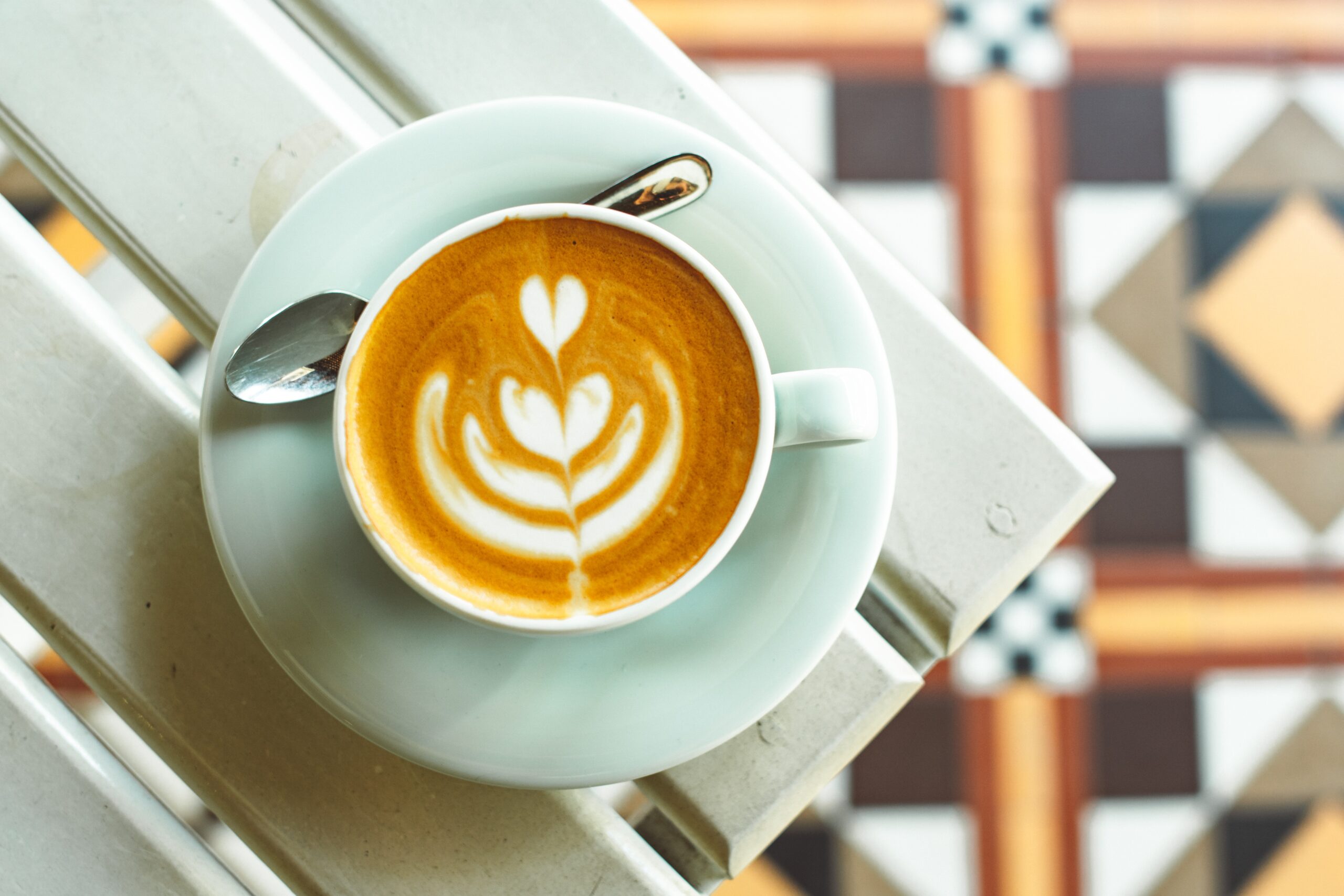Nowadays, it’s well known that tea is intrinsic to British culture. You can’t part us Brits with a good cuppa – in fact, the UK Tea & Infusions Association estimates that as a nation we drink around 100 million cups a day. This obsession with tea has been centuries in the making.
As a coffee shop franchise, we’re no strangers to a tasty brew and pride ourselves on offering a range of teas, from classic English Breakfast to flavourful herbal infusions. In honour of this beloved drink, here, we trace a brief history of tea in England and the rest of the UK, giving insight into what’s become a British institution!
When Did Tea Come to England?
Tea and the practices surrounding its consumption originate from China, dating back to 2737 BC if legends are to be believed.
It wasn’t until the mid-17th century that tea found its way to Europe. Among the first recorded references to the drink’s presence in England is from a 1658 newspaper advert announcing the sale of tea at a coffee house in London. At this early stage, tea was treated as somewhat of a novelty, although it quickly soared in popularity.
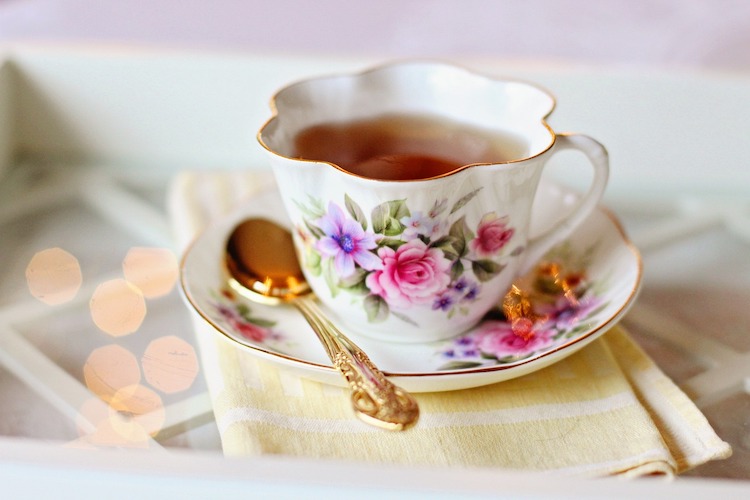
How Did Tea Become Popular in England?
Like various other imports in the 17th century, tea was primarily enjoyed by the upper classes and very wealthy to begin with. It was Catherine of Braganza, a Portuguese princess and wife to Charles II, who made drinking tea fashionable in England.
She requested the drink upon first arriving in the country – before this, the popularity of tea had not yet taken root, but this marked a turning point, increasing the profile and interest of the drink among the court and upper classes.
With its rising popularity and reputation as a new luxury, the East India Company began importing tea to Britain in 1664, facilitating the increasing demand.
The First Tea Shop in London
Fueled by the nation’s developing love of the drink, London’s first tea shop was opened in 1706 by Thomas Twining. The store remains one of the oldest shops in London that’s in its original spot – you can still buy an amazing assortment of tea from the Twinings shop today.
Twinings opened its doors over fifty years after London’s first coffee house was established – with such a prominent place in our history, it perhaps seems strange that our love of coffee predates our love of tea!
Tea Smuggling in the 18th Century
By the 1700s, tea was a hot commodity, but the government’s heavy taxation on imports meant prices soared. These high taxes lead to the rise of tea smuggling throughout the 18th century. This tea was not brought in by the East India Company’s monopoly and did not pass through customs.
Smuggling brought a whole host of issues with it, with ruthless gangs trying to stake their claim. By the 1780s, it was clear something must be done and the government lowered the tax on tea so much that smuggling stopped being so profitable.
With tea now becoming more accessible, it was no longer just the upper classes who could enjoy a cuppa. By the 19th century, drinking tea was becoming a British way of life for everyone.
When Did We Start Adding Milk to Tea?
By the end of the 18th century, black tea was more popular than green tea, and the addition of milk started becoming the norm. Milk has long been used to temper the bitterness of some teas and has remained the most popular way to enjoy a brew.
Tea For the Working Classes
By the early 19th century, tea had become a staple in the everyday life of labourers, factory workers and the working classes. Unsurprisingly so, as the hot, sweet beverage provided warmth, comfort and an additional boost to the workers of the Industrial Revolution who were required to work exceptionally long and gruelling hours.
The Industrial Revolution also gave way to the notion of ‘high tea’, which was a meal of strong tea and hearty food at the end of a working day.
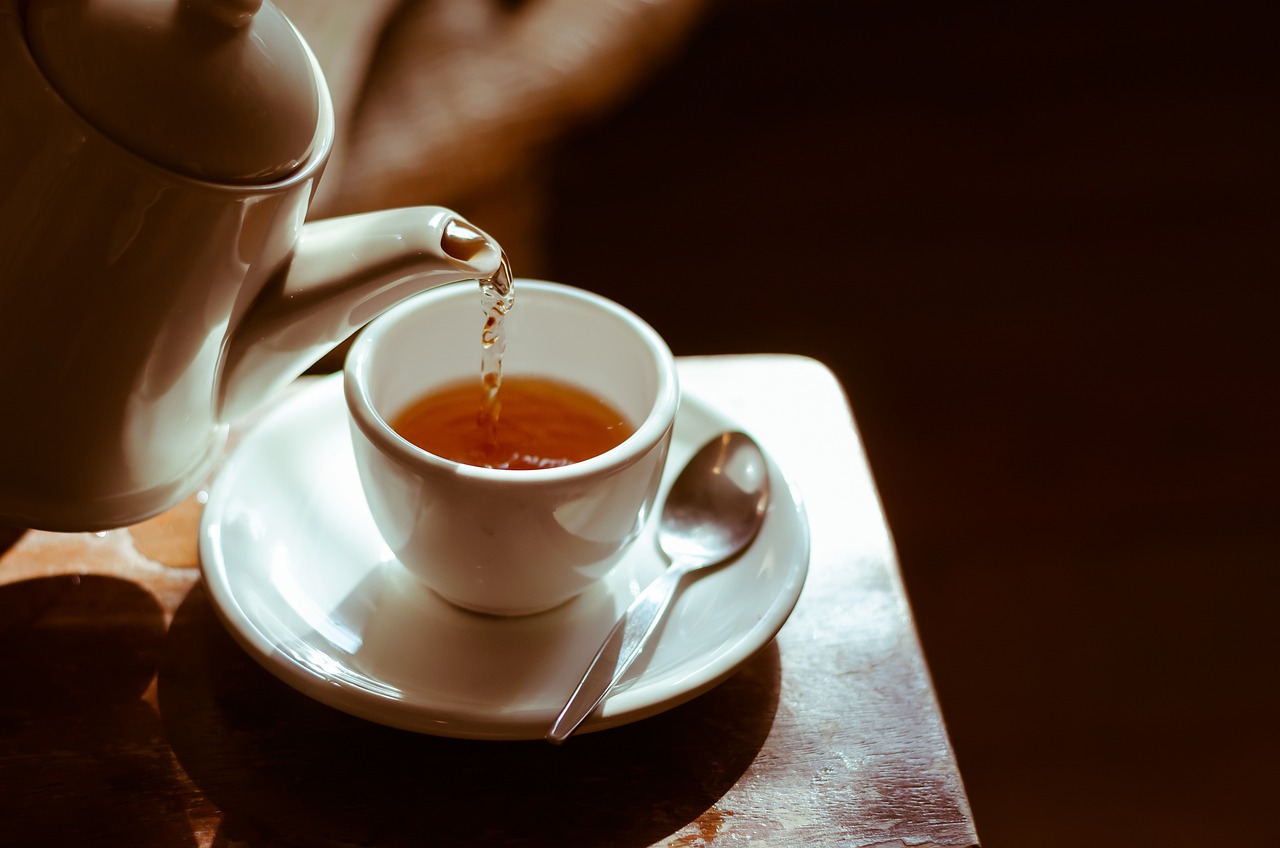
The History of English Afternoon Tea
The 19th century also saw the inception of afternoon tea, the practice of enjoying a cup of tea between lunch and dinner with an assortment of light snacks like cakes and sandwiches.
The concept first came about in 1840 when the 7th Duchess of Bedford started the habit of having a set time for tea in the afternoon and inviting her friends to join her.
This quickly became a common social practice, and members of polite society would often meet for tea served in the drawing room.
Tea in World War II
Now a part of the British identity, tea was seen as an important morale booster and necessity in wartime Britain. In 1942, the UK government decided to buy up all available stores of black tea from around the world, except Germany and Japan.
Tea was actually among the top five purchases during WW2, joining the ranks of bullets, artillery shells, bombs and explosives, highlighting it as an absolute essential.
Tea in 21st Century Britain
For over 300 years now, Brits have been enjoying their beloved tea. More than just a drink, tea has been a key player across various historically significant periods.
With the development of tea bags during the 20th century, drinking tea became even more convenient and widespread. Nowadays, brewing a tea bag is by far the most popular way of making tea, although some still use teapots for the ritual aspect.
Tea is considered to be the national drink of Britain – and we definitely drink an awful lot of it. After Turkey and Ireland, the UK consumes the most tea per capita, drinking almost 36 billion cups of tea a year.
Morning, noon or night, for many of us, a cuppa is never too far away. The 21st century has also seen the rise in popularity of various teas aside from classic English Breakfast, such as matcha and masala chai, along with the use of alternative milk like oat or soy. It’s safe to say the nation’s tea-drinking fixation isn’t going away any time soon!
Want to enjoy your next brew from the comfort of a cosy coffee shop accompanied by a tasty treat? Our Esquires stores across the UK not only specialise in amazing-tasting coffee but also do a top-quality cup of tea, with plenty of options to satisfy everyone. Why not find your local Esquires store and pay us a visit?
To learn more about the story behind some of our other favourite drinks, check out our look into the history of the espresso.



